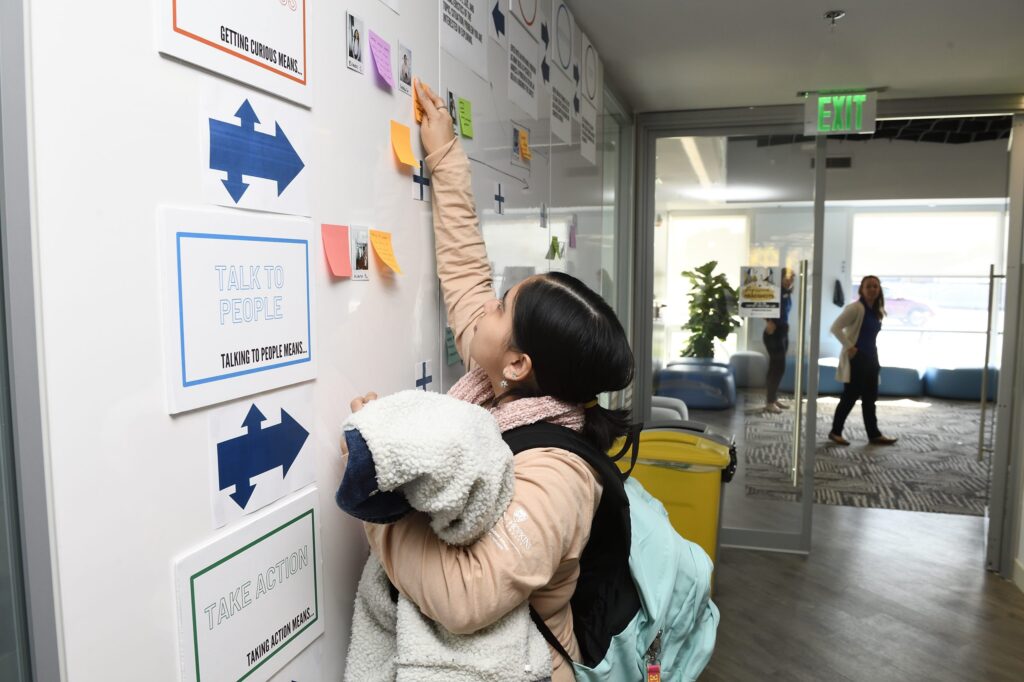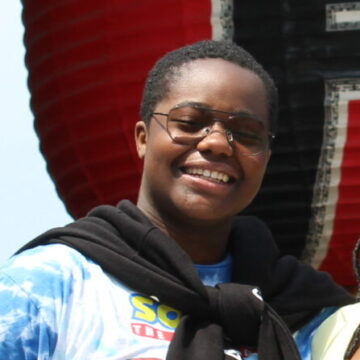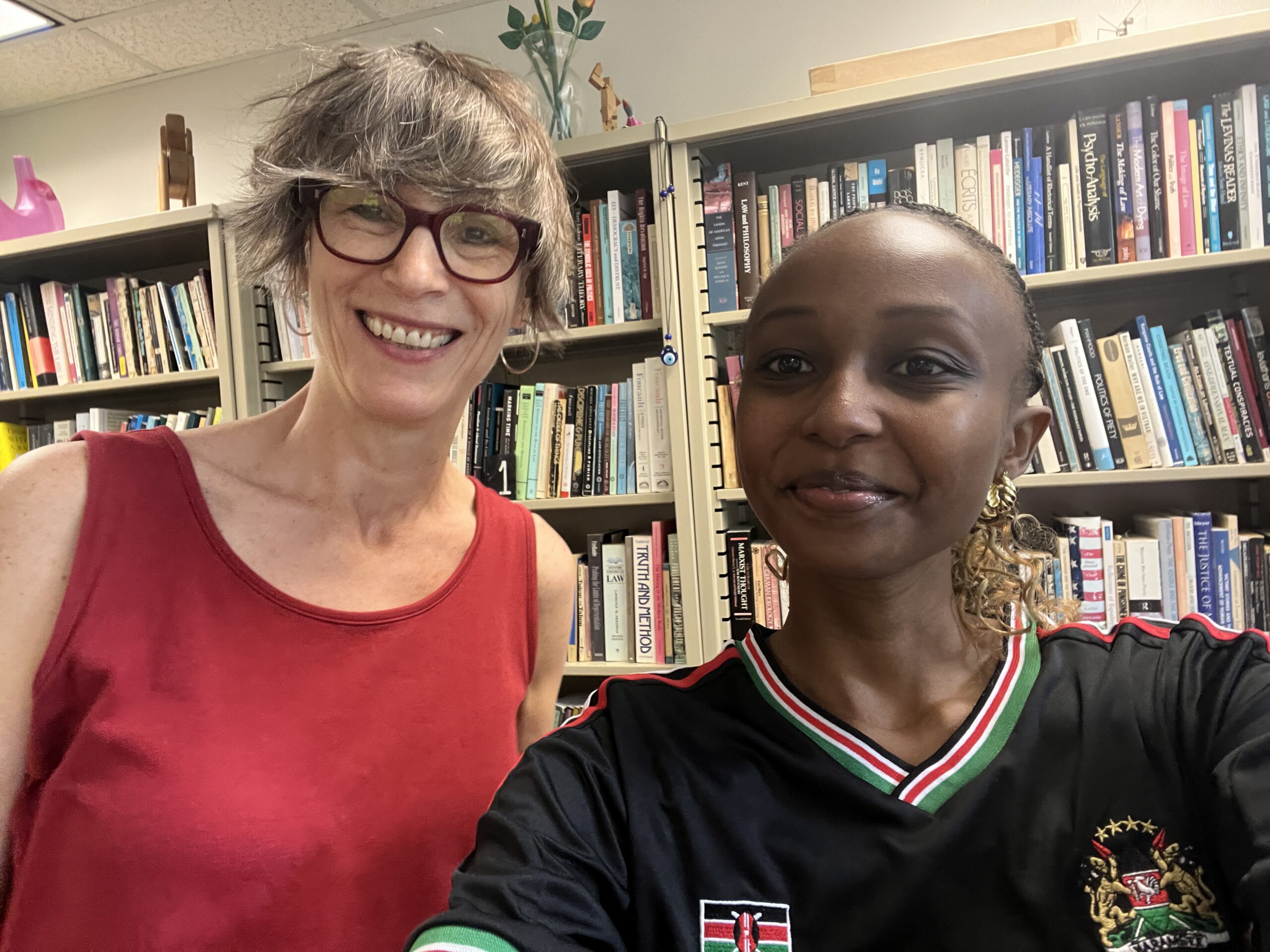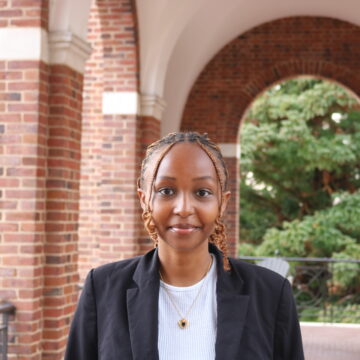
This summer, I took part in the “Life Design Summer Experience Practicum,” a course offered by our career center to help support students participating in an approved summer experience. It wasn’t your typical class—this one was personalized to our individual plans and how they align with our professional goals. I had previously taken an intersession trek hosted by the Life Design Lab, so I was excited to start this program. It turned out to be a game-changer for me.
The eight-week class was a combination of synchronous sessions hosted by Life Design Educators and individual reflections through asynchronous assignments. In our first meeting, we kicked off with some icebreakers in breakout rooms and I realized how different everyone’s summer was. I got to hear about the unique activities people were doing including internships, volunteering, clinical shadowing programs, and even research abroad in Singapore!
During our classes, we covered topics including building habits, networking, and telling your story. The discussions were always lively, with breakout rooms that made it easy to connect with others and share ideas. One of my favorite activities was when alumni joined us for “curiosity conversations,” open-ended chats with someone you might not have something in common with but can still learn from! I randomly ended up talking to someone who works in a topic I knew practically nothing about (augmented reality policy), but her journey really resonated with me. She worked in several different industries and went back to school before landing in her current job that she loves. One piece of advice she gave me was every experience you have is important, whether it helps you figure out what you love to do or what you don’t.
Keeping this in mind, I completed one of our self-guided activities: creating an autoethnography map, which is like a timeline of your lived experiences, skills, and values. As I considered what moments to include that define who I am, I reflected on how they related to my current objectives. With a clearer picture of my interests and values, I decided to take a leap and explore a career in dentistry. It’s something I have always been interested in and I felt confident I could apply what I learned from the course.

I implemented strategies from the tiny habits module to build a consistent routine around my goals. By starting with small tasks, such as researching opportunities for 20 minutes each time I opened my laptop, these actions soon became second nature. I used the curiosity conversations approach to reach out to dentists for shadowing opportunities, gaining insights into the field that I hadn’t experienced from the patient side.
By integrating these tools from class into my daily life, I was able to stay motivated and actively pursue my interest in dentistry. Looking back, the course was all about using design thinking to figure out how our values, habits, and summer experiences connect to our future careers. By the end of it, I felt more in tune with my professional goals and ready to take on new challenges.





